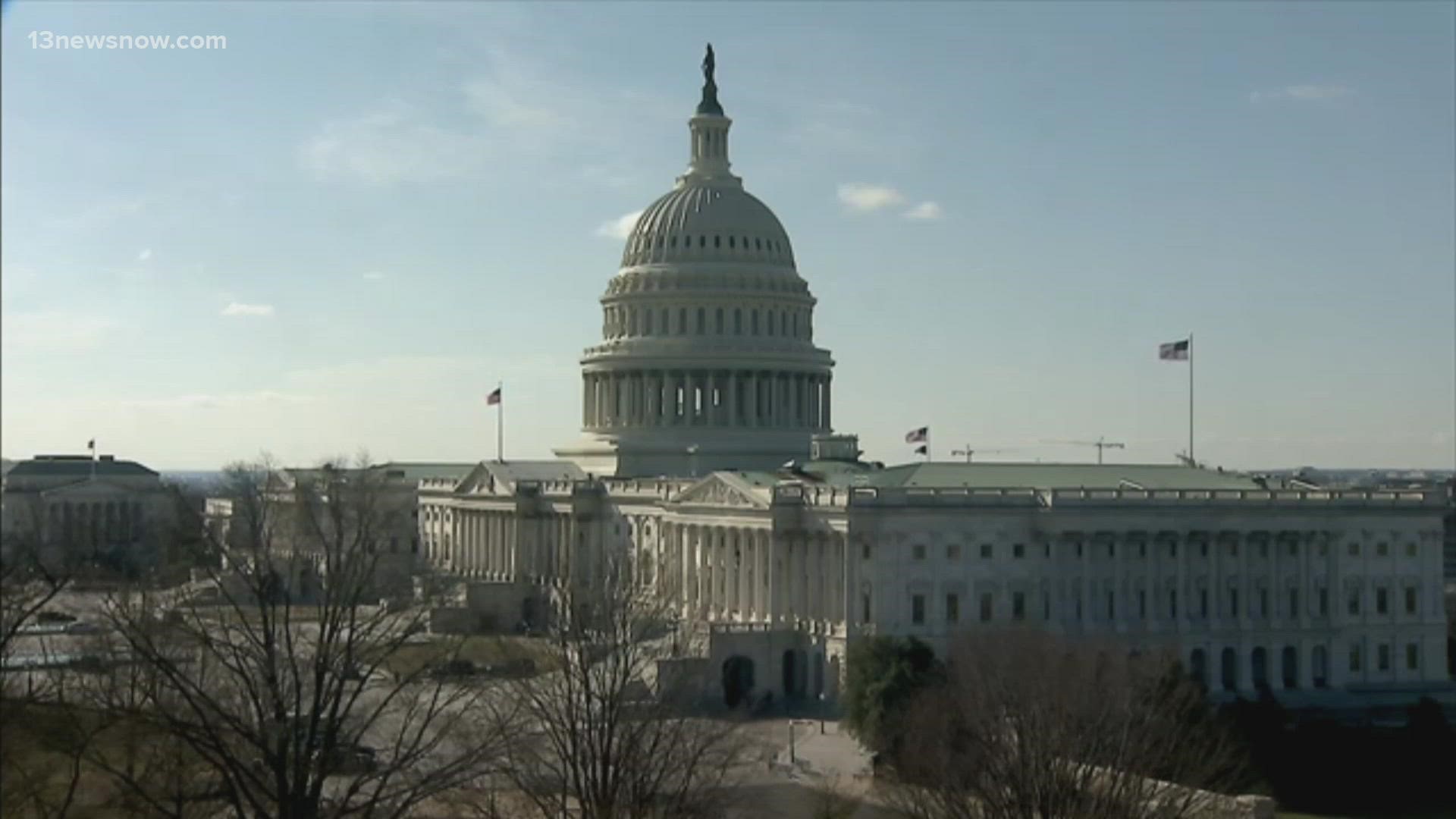WASHINGTON — In 12 of the past 13 fiscal years, including this one, the Defense Department has had to deal with continuing resolutions. But eventually, Congress approved an actual military appropriation bill.
Now, though, Pentagon leaders and some lawmakers are concerned that the entire FY22 DOD budget request could be doomed.
Defense Secretary Lloyd Austin warned Congress this week that an extended stopgap CR would cause "enormous, if not irreparable, damage to defense readiness and modernization."
"It really does tie the department's hands when it comes to flexibility in terms of budgeting and starting new programs, building new ships, really advancing new capabilities," said Pentagon Spokesman John Kirby.
In a report in September, the Government Accountability Office said working under continuing resolutions "is not an effective or efficient way to operate."
"We knew we needed a 3 to 5 percent increase this year through the NDAA [National Defense Authorization Act]," said Rep. Elaine Luria (D-Virginia, 2nd District). " And working through the appropriations process, we're looking to add $24 billion to the defense budget. And if you just keep a continuing resolution, we can never enact those changes and these increases in the defense budget."
Luria, who serves as House Armed Services Committee Vice-Chair, said Hampton Roads shipyards will feel the pinch.
"So when we can't fund the government on time, they can't get their work started on time, they can't pre-plan and buy the materials to build the ships, repair the ships," she said. "And the Navy estimates over the course of continuing resolutions, they could lose as much as $14 billion in purchasing power, just because of the delays."
As things stand now, the most recently passed "continuing resolution" lasts through February 18.
That is nearly five months into the 2022 Fiscal Year.

